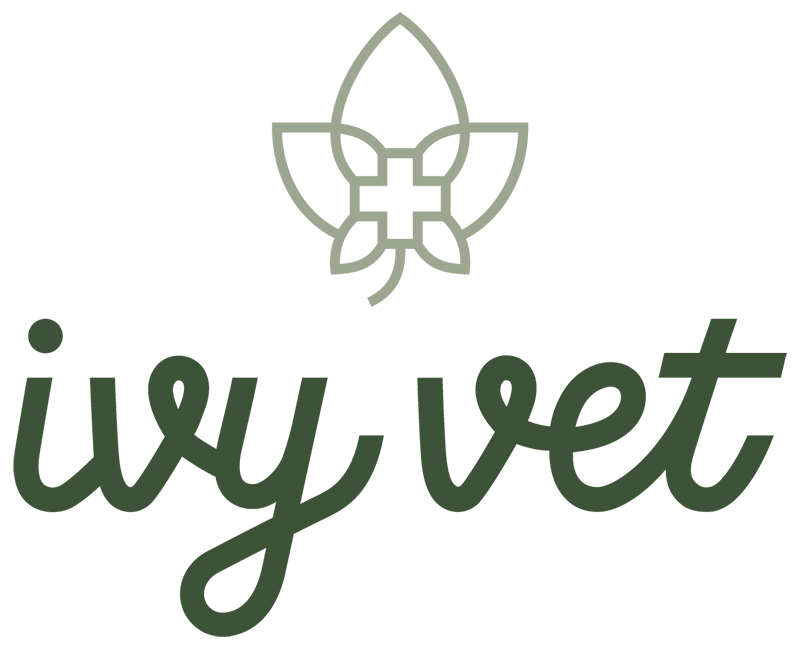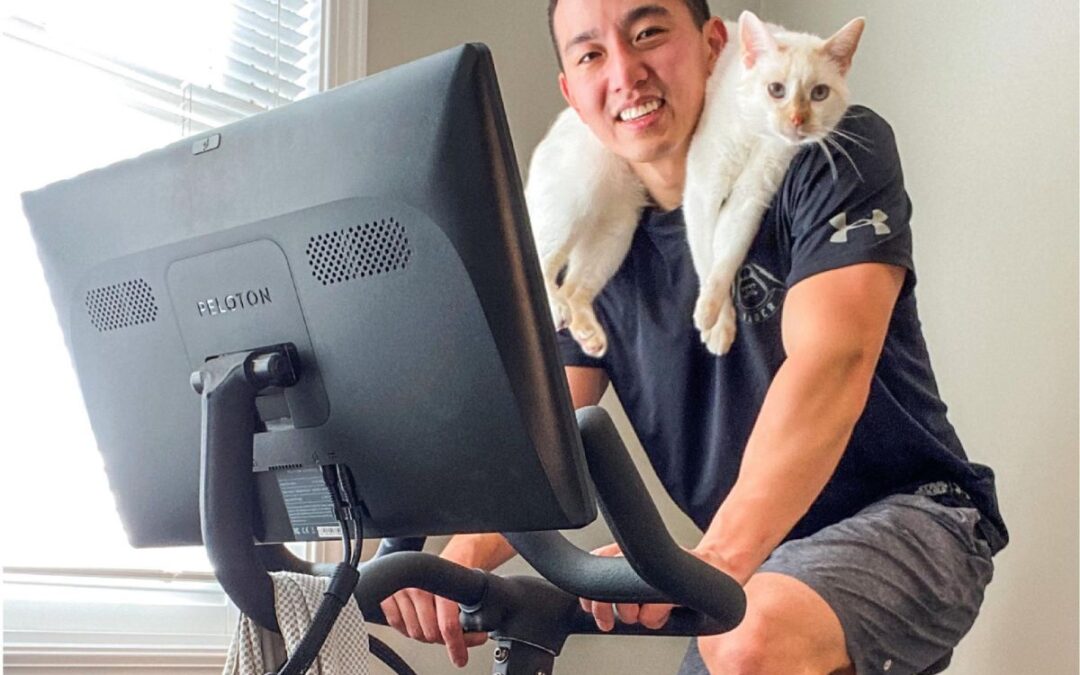The Association for Pet Obesity (2018) showed that 50-60% of cats and dogs were overweight. Overweight dogs are living up to 2.5 years shorter than those of a healthy weight (AVMA). This decrease in lifespan is likely due to increased orthopedic disease (which will affect quality of life), diabetes, cardiovascular disease, and increased anesthetic risk. Many pet parents do not realize their pet is overweight. The first step in weight loss is recognition.
Is your pet overweight?
When I examine a pet, I assess their body composition by observation and palpation. Body condition score (BCS) is often on a scale from 1-9 (or 1-5 in some cases).
- Ideal, 4-5/9: Your pet should have a tapered waist line with a tummy tuck (breed dependent), ribs are easily palpable with a minimal fat layer, and ribs may be seen (coat dependent).
Quick check: Open your hand, palm facing down and gently run your other hand over your knuckles. This is how the ribs of an ideal dog/cat should feel.
- Underweight, 1-3/9: The waist line, tummy tuck, spine, ribs, or hips become too prominent. Quick check: Make a fist and gently run your other hand over your knuckles. If this is how the ribs feel, your pet may be underweight.
- Overweight, 6-9/9: The waist line, tummy tuck, and ribs are less or non discernible due to excess fat (or “padding”).
Quick Check: Open your hand, palm facing up and run your hand over your knuckles through your palm. If this is how the ribs feel, your pet may be overweight.
Work with your veterinarian to determine their BCS and form a plan if action needs to be taken.
It’s not always just fluff. If your pet has been determined that your pet is overweight, it is important to initiate a weight loss plan. The first step is to work with your vet to determine the ideal weight for your pet and calculate how many calories per day your pet should be consuming based on their activity. Keep in mind, treats are calories, bullysticks are a lot of calories, and human food has a lot of calories! Consider carrots and green beans as a healthier treat for dogs rather than table scraps. Other than calorie reduction, exercise is the other component to weight loss. Exercising dogs is easy so I won’t get into it. Cats may be more difficult to exercise but simply playing with them or interactive toys can get them to move around. My favorite is the laser pointer because I can sit in one while the cat tries to catch the uncatchable red dot.

